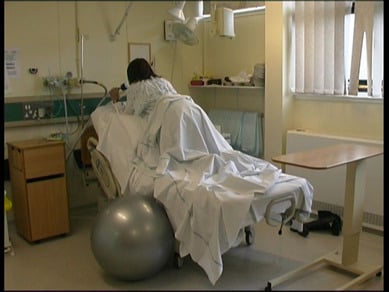Birth statistics in Cornwall 2010 / 2011
Posted on
| Location | Type | Births per year |
Normal birth rate* | Induction rate |
Caesarean rate |
Instrumental delivery rate | Epidural available? | Birth pool provided? |
| Royal Cornwall Hospital (Treliske) | Consultant-led | 3700 | 38.5% | 22.4% | 22.2% | 13.5% | Yes | No |
| Penrice Birthing Centre | Midwifery-led | 350 | 95.9% | <2% | No | Yes | ||
| Helston Birth Unit | Midwifery-led | 60 | >91% | No | Yes | |||
| St Mary's Hospital (Isles of Scilly) | Midwifery-led | 4 | No | No | ||||
| Homebirth | Midwifery-led | 182 | No | No buy/hire |
*A normal birth is one that avoids the following, according to the Maternity Care Working Party:
- induction of labour (with prostaglandins, oxytocics or ARM)
- epidural or spinal
- general anaesthetic
- forceps or ventouse
- caesarean section
- episiotomy
The table doesn't cover local data on the intervention rates (induction, instrumental delivery, caesarean etc) of births that transferred into hospital from a midwifery-led setting. However, recent data from all NHS trusts in England found that women planning a birth in a freestanding MLU experienced a 17% intervention rate, and women planning a homebirth experienced a 10% intervention rate (compared to those who planned a hospital birth, who experienced an average 40% intervention rate).
2011 data provided by Birth Choice UK, Dr Foster Health and the Birthplace in England study
 Research link:
Research link: